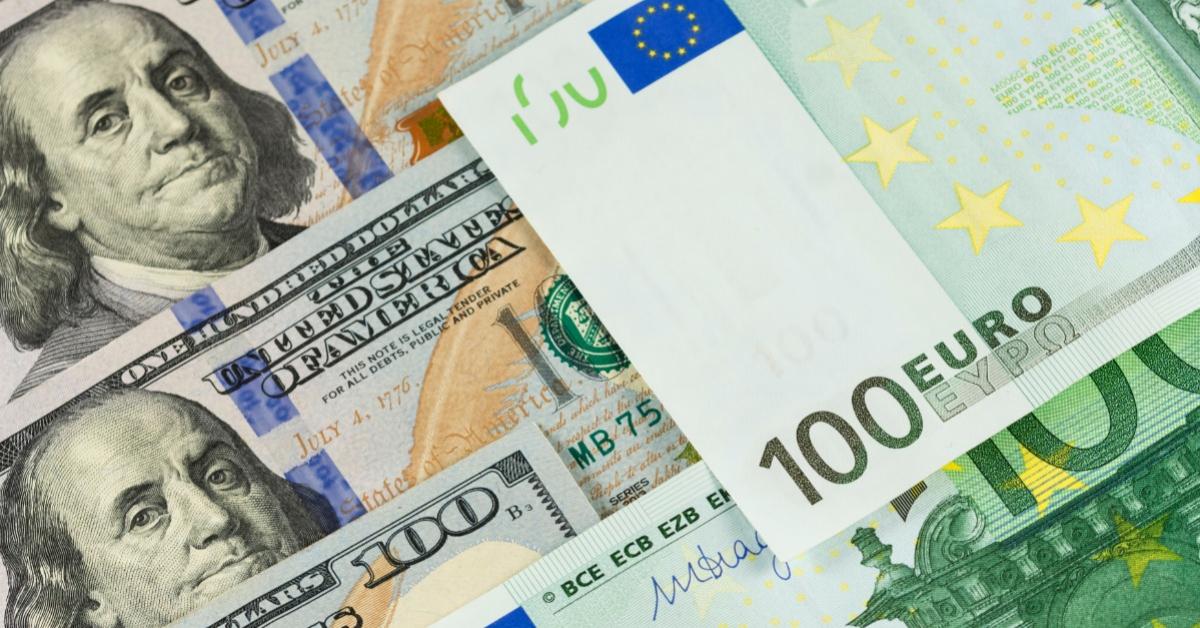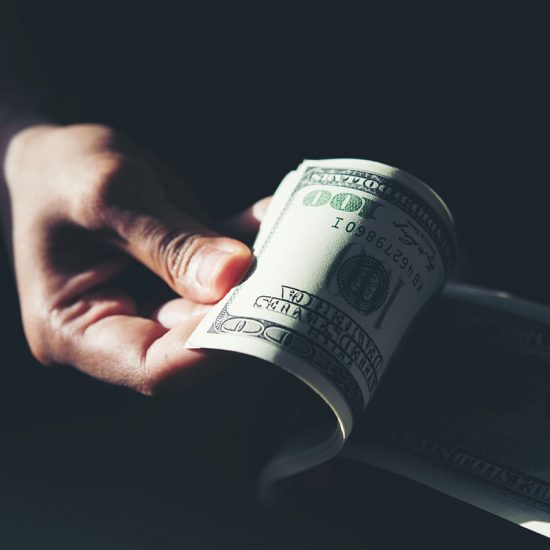Austrian economics properly understands the ability of commercial banks to create money by mismatching their depositor liabilities with their issuing of money substitutes (i.e., the creation of credit). One possible place for further exploration is the role that nonbank or foreign financial institutions play in the creation of credit and the broader implications on business-cycle creation.
Let us take the dollar as an example. Say Deutsche Bank operates a branch in the United States. This branch, according to the Federal Reserve’s Regulation D, would be subject to the Fed’s reserve requirements. However, a London branch of Deutsche Bank would not be subject to such a regulation on its US dollar holdings. Similarly, a market mutual fund, acting as a creditor, is not subject to the reserve requirements of a commercial bank entity.
This results in foreign branches of a bank in possession of dollar deposits, and these branches are acting in a purely unregulated manner. The bounds by which they may issue credit are unchecked by law. Thus, nonbank entities (foreign and domestic) and foreign holdings of another country’s currency operate functionally the same in terms of issuing credit.
So, the distinction between the “shadow banking system” and that of “Eurodollar markets” becomes useless when discussed from the perspective of credit creation. A “Eurodollar” simply refers to a deposit of US dollars in a foreign bank.
There is no governmental pressure as to whether these foreign banks hold on to deposits. Thus, they can increase the money supply in the form of credit without any limits. One need only look at the classic money multiplier equation:
Money Multiplier = 1 / Reserve Ratio
Being as it is impossible to divide by zero, we can choose a number close to zero. Let us say that these entities maintain 1 percent of their deposits, having no legal pressure to do so. 1 / 0.01 = 100, of course. If there are $10,000 in dollars deposited at this bank, the money multiplier will result in $1 million being created in the form of credit. The closer this reserve-ratio percentage gets to zero, the closer banks get to being able to expand credit near exponentially. This lays the groundwork for utter economic destruction.
This credit will enter the commercial loans market, and by creating an illusion of supposed new savings, it lowers the market rate of interest artificially. This creates the boom of the “boom-bust cycle,” in which longer forms of production are undertaken that would otherwise be unprofitable. Land, labor, and other resources are malinvested until the cluster of errors is realized. This usually occurs when interest rates rise, prompting liquidation as well as a credit contraction.
The credit created by such a fusion shadow-Eurodollar system is easily able to take off as the reserves are not bound by law. Of course, there may be equivalents of bank runs but not before the damage is done.
This poses a risk to the consumers making use of such a system as well. Lacking Federal Deposit Insurance Corporation backing, there is little to ensure the safety of these institutions in the event of a bank run, or bank-run-like scenario. Often, the nonbanks will also embark in the securitization of risky assets, which are then mismatched and exchanged. As these entities securitize often-risky assets, they use these assets as collateral for their credit expansion. These nonbank entities offered many of the predatory subprime loans of the 2008 financial crisis, only to offload them to domestic banks. As Arkadiusz Sieroń succinctly describes: “Activities of shadow banks were the source of instability for dealer banks in 2008, such as Bear Sterns, Merrill Lynch, and Lehman Brothers.”
The size of such a market cannot be underestimated. At the peak of the Eurodollar system in 2008, it was estimated to be 87 percent of the size of the US banking system. The Financial Stability Board measured the US shadow banking system at $44.72 trillion in 2021, or around 194 percent the size of the gross domestic product of the United States. These numbers are hardly insignificant, especially when combined with the above analysis of the money multiplier effect.
Domestic commercial banks as well as central banks are not the only players in the game of credit creation. Foreign entities, as well as nonbank institutions that make use of the very same fractional reserve process, may exacerbate business cycles. Those in the Austrian school should study and understand the effects of these institutions on the economy more broadly on top of the normal understanding of commercial banking.




